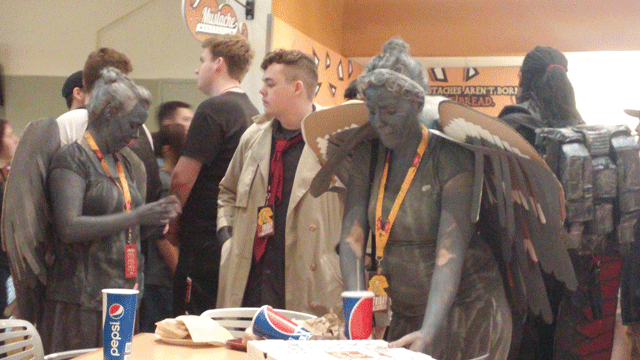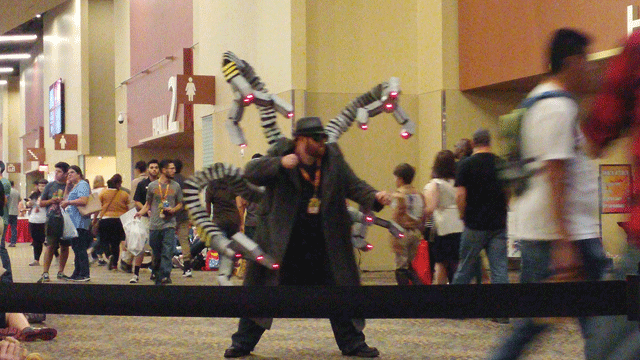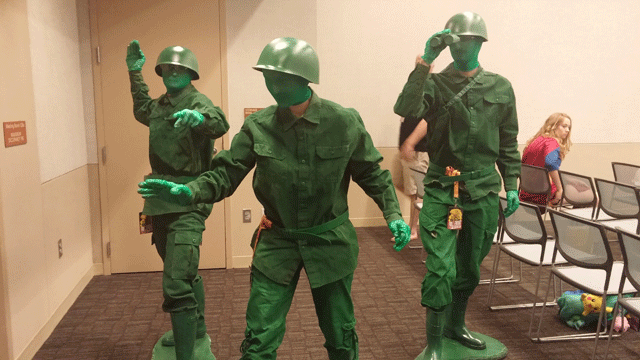Libraries: Treasure Boxes – Part One
Texas Libraries
Houston Public Library
When my family moved to Houston when I was sixteen, it meant becoming familiar with a new library system. The Houston Public Library has a number of branch libraries, of course. In our neighborhood, I often visited the Meyer Neighborhood Branch. But downtown, the Ideson Building housed the main library.

The Ideson Building
I did visit the Ideson Library a few times during high school. But the Meyer Branch served most of my purposes. I recall that during my senior year, I borrowed Nabokov’s Lolita from the branch. Even at the time I supposed that it might have raised some eyebrows that I’d read the book. As I recall, I wasn’t very impressed, given that the characters were so unpleasant. But since I’d seen it written of as being a work of literary significance, I felt I needed to check it out.
By the time I was in college, the city was set on building a new main library.
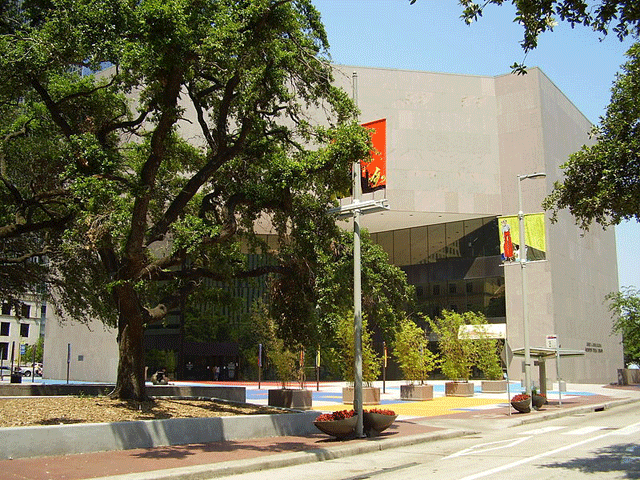
Houston Public Library Jones Building
The Jesse H. Jones Building was built while I was attending the University of Houston. It was amusing that a few years later, one of my friends from Austin got a position as a librarian at the Jones Building.
The University of Houston
I attended the University of Houston while working on my Bachelor’s degree. I spent a lot of time in the Anderson Library there. (They didn’t begin the remodeling until my senior year, a remodel that moved the main entrance to its current location.) It was at the Anderson Library that I made the acquaintance of the Library of Congress cataloguing system. Up until college, all I have known of book cataloguing was (like most people) the Dewey Decimal System. But by the time I entered college, the UH library had finished converting their holdings from Dewey to LC cataloguing. I was enchanted by it, as it felt much easier to grasp that Dewey.
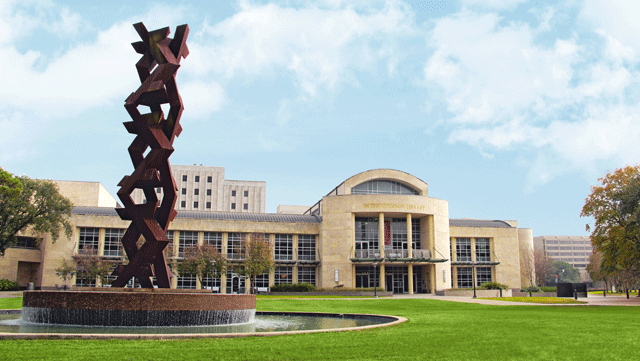
University of Houston’s M.D. Anderson Library
My senior year at UH, I was on campus every day, and late on Fridays. I had decided to do a Senior Honors Thesis, and so the extra hours were supposed to be to work on it. But it turned out that by late Fridays my brain was getting fried (I had a heavy course load that year). However, I signed up for a study carrel in the library. There were lovely booth carrels, but I think they were assigned to faculty and graduate students. The undergraduate carrels were in the open in a reading room, arranged around the walls. The desks had a two shelf hutch with a glass front that locked, as well as a single drawer that locked. Most of us would tape pictures on the inside of the glass, to keep the contents of our shelves private when we were away from our carrels.
The UH campus was very clean, and I had a thing about going barefoot when I could. So I tended to wear shoes to the campus, take off my shoes and lock them in the carrel, and go barefoot on the campus. I did a lot of research on my own in the Anderson Library.
My undergraduate studies were all designed to train myself as a writer. And I did a lot of private research during those years. It was at this time that I made the acquaintance of the works of C.S. Lewis, starting with his A Preface to Paradise Lost, recommended by the instructor I had for the first half of the English Literature course. Reading Lewis led to reading the works of Charles Williams and Dorothy L. Sayers. I became insatiable about Inklings material (there was not much written about the group at that time), so I sought organizations that dealt with such. That was how I found the Mythopoeic Society – a connection I maintain to this day.
It was in the Anderson Library where I learned many of the practices of research. The hours spent there will always be precious to me.
The University of Texas
From the University of Houston, I moved on to the University of Texas at Austin, where I pursued a Masters degree in English. My first year there, I lived in one of the on-campus dorms. And the main library was housed in the famous Tower in the center of the campus. Generally, one would request a book by call number (and name), and a staff assistant would go up and get the book and bring it down to the main reference desk for the patron. However, graduate students were given access to the stacks in the Tower. Of course, that meant enduring the stacks elevator: it was rather tiny in depth and width, but very tall.
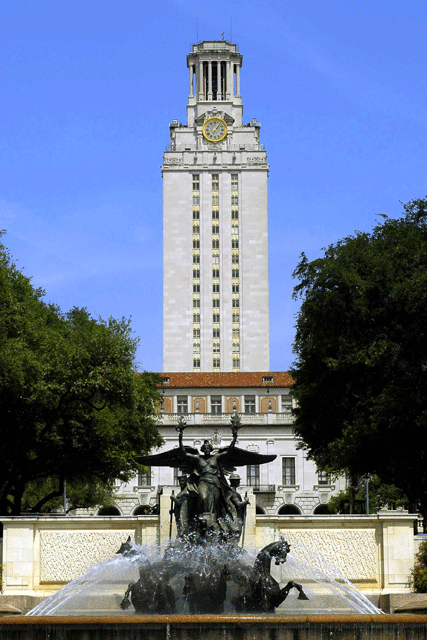
University of Texas Tower
The thing about the stacks in the Tower were that the floors had very low ceilings, so they tended to be a bit claustrophobic.
Not long after that, the new main library, the Perry-Casteñada Library opened. Very open and spacious, I would soon come to know it well.
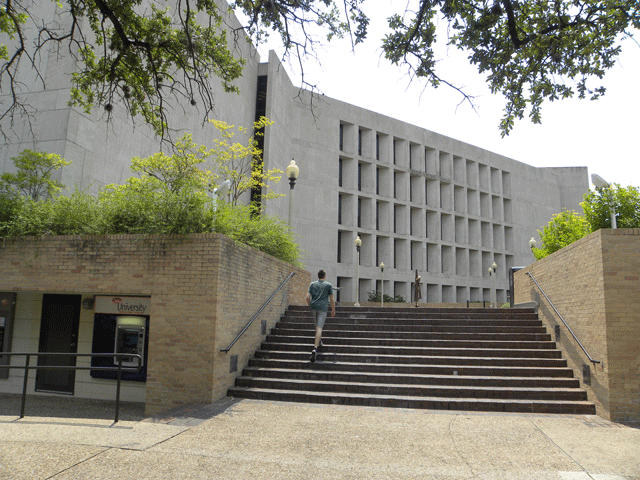
University of Texas Perry-Castaneda Library
The shape of the building is unusual, even awkward, if you consider the need for rows and rows of stacks of books. But there it is, dramatic and angular.
Wikipedia includes the following paragraph about the building:
It has long been claimed that the Perry-Castaneda Library was designed to appear, when seen from above, in the shape of Texas. This is officially denied by the University, which has stated: “If you look at a campus map the right way and use your imagination, it’s possible to think of the outline of the library as similar to the shape of Texas. But this wasn’t intentional. Officially it’s called a “rhomboid shape,” and it complements the similarly designed Graduate School of Business building across the street, which was completed the same year.
In spite of this denial, I still feel the original intent in the design was to reference the shape of the state.
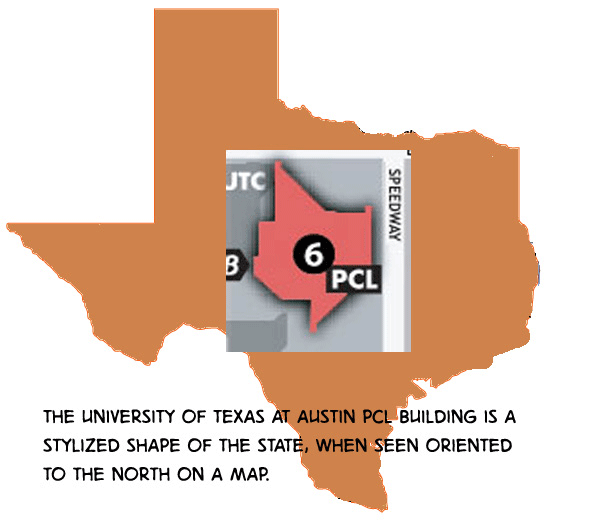 When you look at the shape of the building on a campus map that is oriented with North at the top of the page, the shape of the building does indeed resemble that of the state. The problem in recognizing this connection is that the main entrance to the building is in the side that faces north. So, in effect, as you enter the building, you are looking at the shape upside down. And then inside, the floor layouts are hung on a wall, showing where various sections are located on each floor, the visitor looks at the shape of the building on its side: the visitor faces east to look at the layouts, and so the east side of the building is placed at the top since that’s the direction the visitor is looking.
When you look at the shape of the building on a campus map that is oriented with North at the top of the page, the shape of the building does indeed resemble that of the state. The problem in recognizing this connection is that the main entrance to the building is in the side that faces north. So, in effect, as you enter the building, you are looking at the shape upside down. And then inside, the floor layouts are hung on a wall, showing where various sections are located on each floor, the visitor looks at the shape of the building on its side: the visitor faces east to look at the layouts, and so the east side of the building is placed at the top since that’s the direction the visitor is looking.
These little bits always seemed to me to be why the whole “no the building is not shaped like the state” denial happens. One does not experience the building with a northern orientation.
I spent many hours in the PCL (which I often called “the Pickle” to amuse myself), first while I conducted my studies. But after I finished my coursework in two years, I needed to get a job as I’d run out of money. I ended up doing clerical work at the PCL. I finished doing my research on my thesis while working at the library. And then I continued on staff for a few more years before I finally left Austin for Los Angeles.
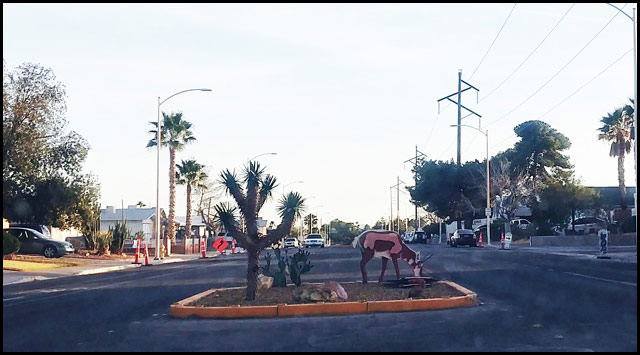

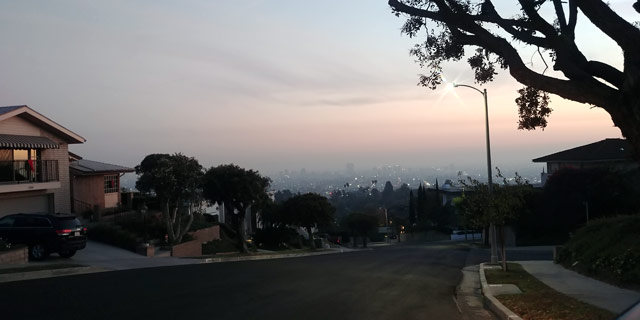 Today, after I’d had a nice Christmas meal, I suddenly decided to visit the view one more time. I got there just at dusk, but there was a smoky covering over the city. Still, it was catching a bit of the pink light of sunset.
Today, after I’d had a nice Christmas meal, I suddenly decided to visit the view one more time. I got there just at dusk, but there was a smoky covering over the city. Still, it was catching a bit of the pink light of sunset.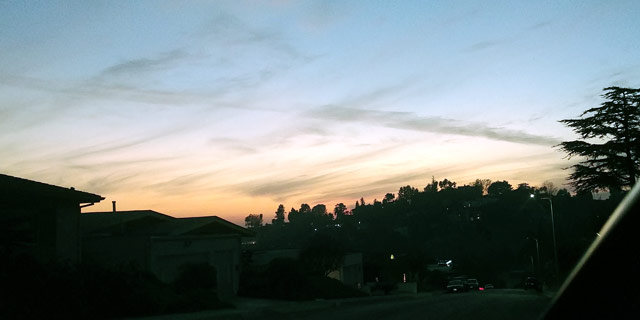 I just missed catching the more intense colors in my camera. I’m going to have to practice that a bit more, I think.
I just missed catching the more intense colors in my camera. I’m going to have to practice that a bit more, I think. In the last tones of dusk, the Observatory glows over the neighborhood.
In the last tones of dusk, the Observatory glows over the neighborhood.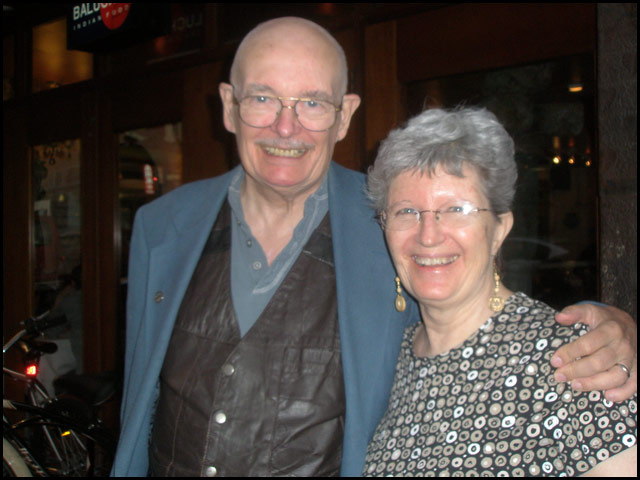
 Along the way in my education, I gained an affection for the poetry of Keats. Something about how he handled the language spoke to me. When I was in graduate school, I took a course on the Romantic Poets of England, and purchased a volume of the complete works of Keats for the class. I had previously only dealt with selections from his work.
Along the way in my education, I gained an affection for the poetry of Keats. Something about how he handled the language spoke to me. When I was in graduate school, I took a course on the Romantic Poets of England, and purchased a volume of the complete works of Keats for the class. I had previously only dealt with selections from his work.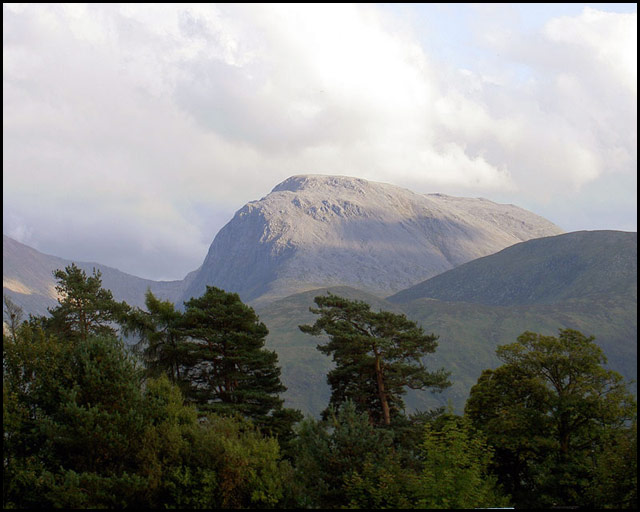 I had encountered Keats’ sonnet about Ben Nevis when I was an undergraduate. So I wasn’t surprised to find it in the volume.
I had encountered Keats’ sonnet about Ben Nevis when I was an undergraduate. So I wasn’t surprised to find it in the volume.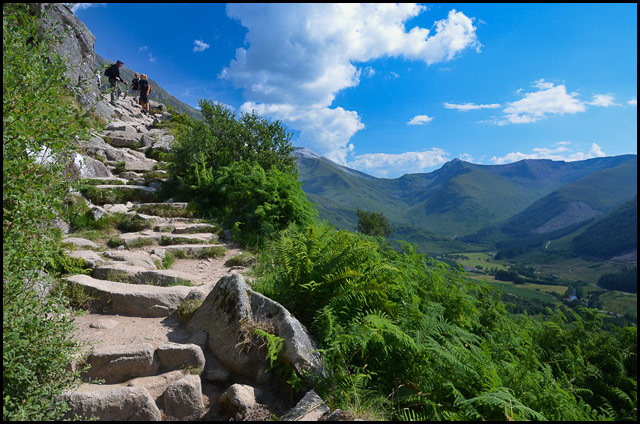 So…. Here for your amusement —
So…. Here for your amusement —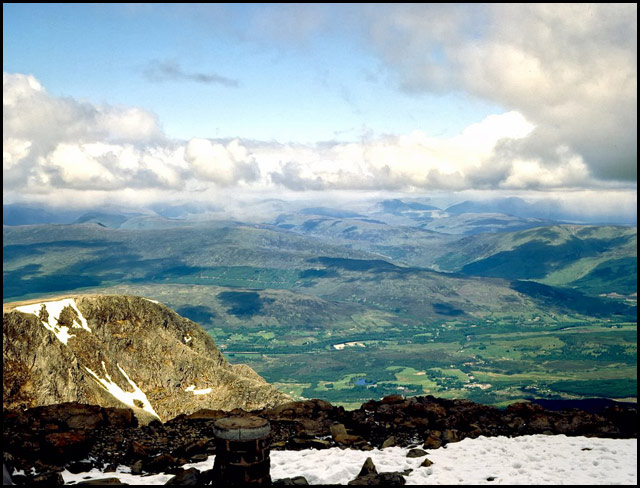 I was utterly charmed by the comedy of the fleeting romance between the mountain and the matron. How many tourists indulge in ecstasies over landscapes? And how would they react if the landscapes responded to such extravagant raptures? There is simply inherent comedy in the idea of a mountain wanting to hug a visitor.
I was utterly charmed by the comedy of the fleeting romance between the mountain and the matron. How many tourists indulge in ecstasies over landscapes? And how would they react if the landscapes responded to such extravagant raptures? There is simply inherent comedy in the idea of a mountain wanting to hug a visitor.




 When you look at the shape of the building on a campus map that is oriented with North at the top of the page, the shape of the building does indeed resemble that of the state. The problem in recognizing this connection is that the main entrance to the building is in the side that faces north. So, in effect, as you enter the building, you are looking at the shape upside down. And then inside, the floor layouts are hung on a wall, showing where various sections are located on each floor, the visitor looks at the shape of the building on its side: the visitor faces east to look at the layouts, and so the east side of the building is placed at the top since that’s the direction the visitor is looking.
When you look at the shape of the building on a campus map that is oriented with North at the top of the page, the shape of the building does indeed resemble that of the state. The problem in recognizing this connection is that the main entrance to the building is in the side that faces north. So, in effect, as you enter the building, you are looking at the shape upside down. And then inside, the floor layouts are hung on a wall, showing where various sections are located on each floor, the visitor looks at the shape of the building on its side: the visitor faces east to look at the layouts, and so the east side of the building is placed at the top since that’s the direction the visitor is looking.
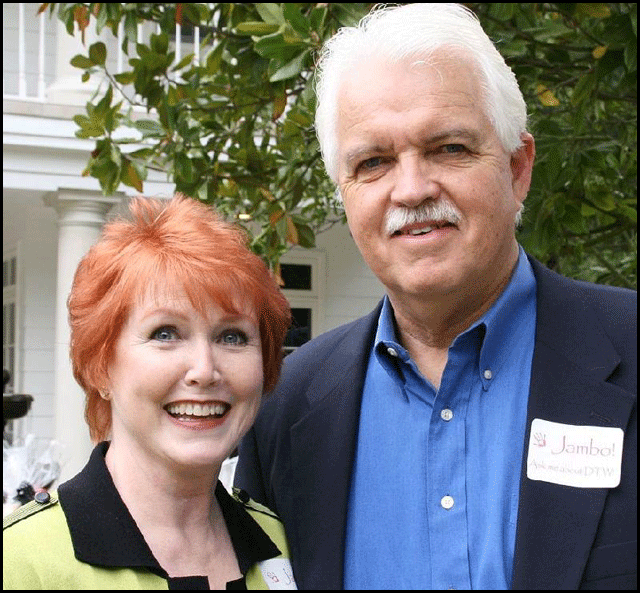
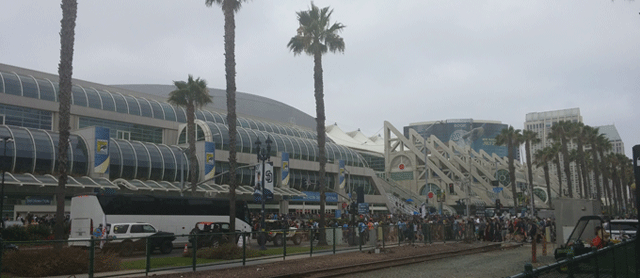
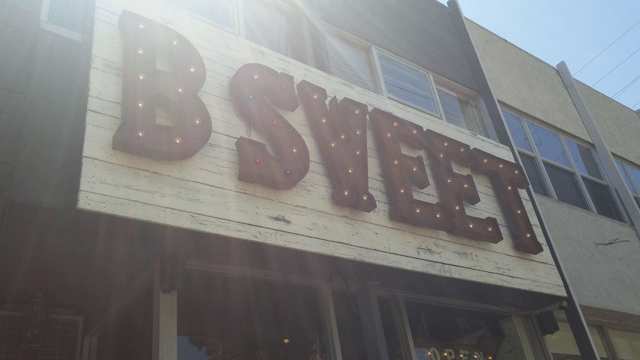
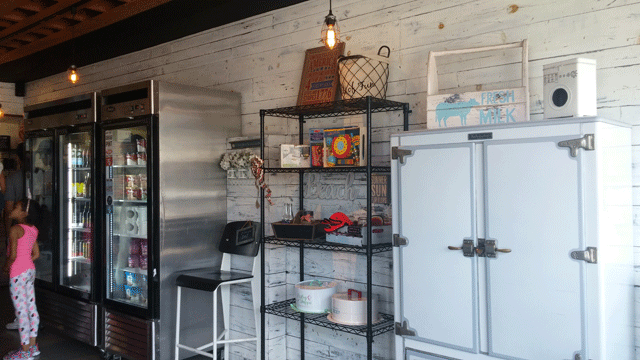

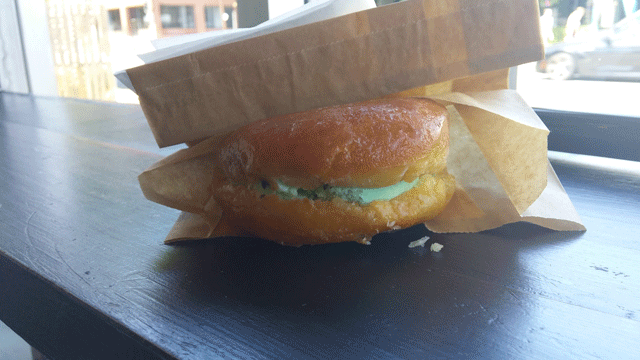
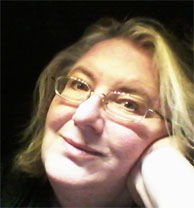 The internet has given rise to several different methods for creative people to crowdfund their projects. Kickstarter, for instance, lets a person or team fund a specific project, giving supporters special benefits as the specific financial goals are met. But a number of my artist and writer friends have also turned to the Patreon website to build support in a more general fashion.
The internet has given rise to several different methods for creative people to crowdfund their projects. Kickstarter, for instance, lets a person or team fund a specific project, giving supporters special benefits as the specific financial goals are met. But a number of my artist and writer friends have also turned to the Patreon website to build support in a more general fashion. Patreon brings this opportunity to bring supporters into more regular contact with the creative artists.
Patreon brings this opportunity to bring supporters into more regular contact with the creative artists. With that in mind, I’ve launched my Patreon page — and I hope friends, readers, and passers-by will consider joining my little community. The first work-in-progress that I am sharing with my Patrons is my novel Godiva – about the legend and the people that inspired it. A little bit of romance mixed with medieval politics, as it were.
With that in mind, I’ve launched my Patreon page — and I hope friends, readers, and passers-by will consider joining my little community. The first work-in-progress that I am sharing with my Patrons is my novel Godiva – about the legend and the people that inspired it. A little bit of romance mixed with medieval politics, as it were.